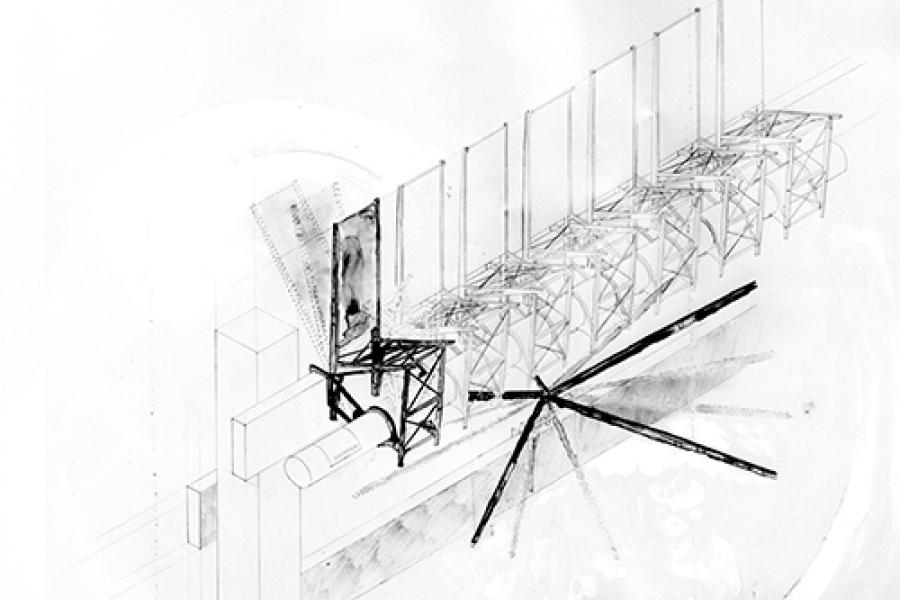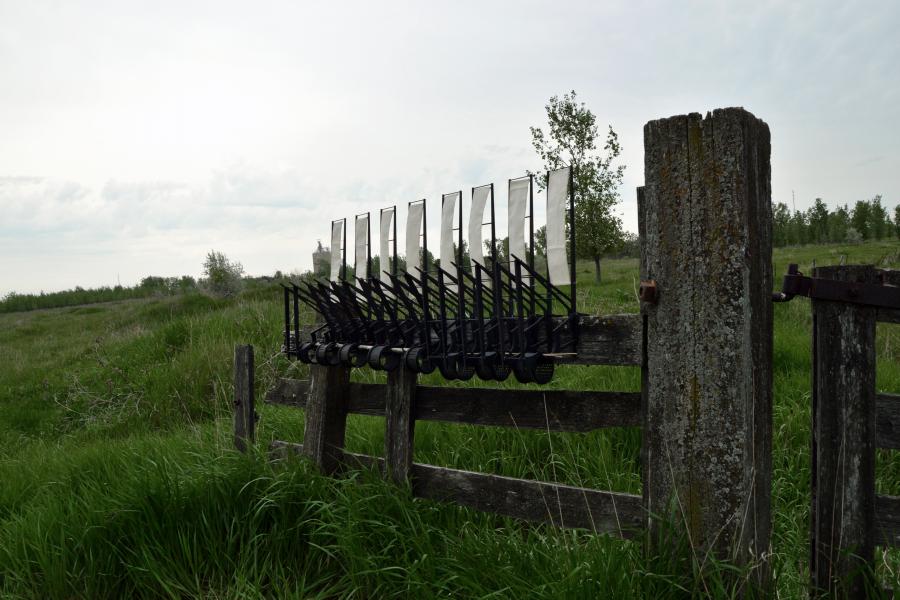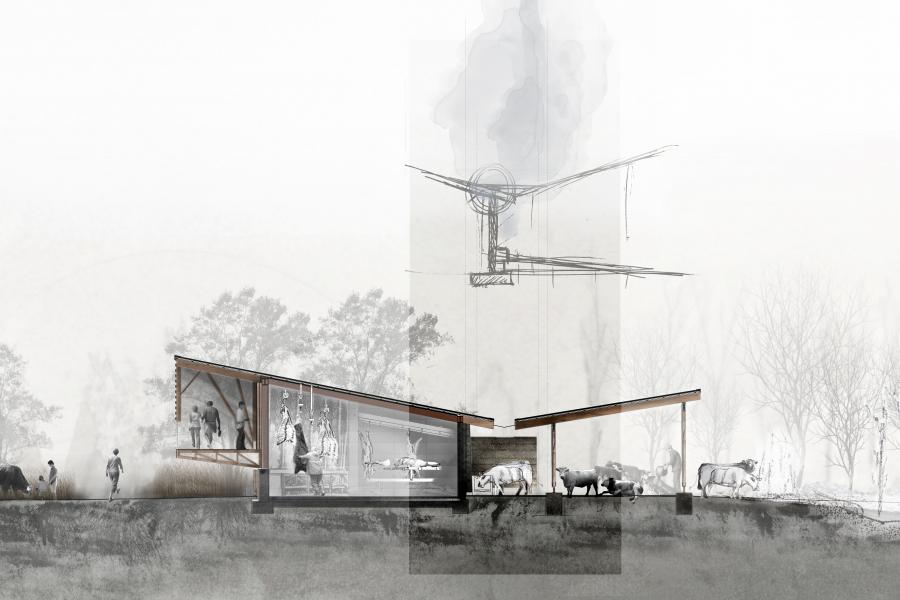Emily Bews
Advisor: Terri Fuglem







Architecture of a Latent Culture: Growing a Place of Memory
In a world pressured by global influences and constant mobility, can local cultures and regions continue to thrive? Some scholars believe that a strong locality depends on a combination of the celebration of the unique conditions of an immediate place, the revival of ordinary but latent cultural practices, and the careful adoption of selected global influences.
The thesis began with an interest into the broad term “local architecture”, and how it could be defined in regards to a city such as Winnipeg. Winnipeg contained a variety of cultural groups and ethnicities, as well as distinct communities and districts. To bind dissimilar segments of society together under one architectural form would destroy the diversity that provided Winnipeg with individuality. Thus, this thesis investigated the theory and mentality of designing local rather than one finite design solution. It explored a mindset rather than an aesthetic or vernacular style. Repeating this approach for various architectural projects would create designs which varied from site to site, each one equally satisfying the definition of local, and together generating an amalgamated but regional urban fabric.
Through the thesis, it was argued that locality depended on four key elements: the accumulation of history, the attunement to the site’s characteristics, the participation or human interaction with the architecture, and finally the careful incorporation of global or standard aspects.
To formulate and evaluate the method of designing, an architectural project for Winnipeg’s former Union Stock Yards was created. The method employed on the site first included an archeological study. Secondly, the site underwent a process of rejuvenation through the creation of devices to prepare the site spiritually and physically for future development. A trace of an old wooden fence on the existing site, was transformed into a device to seed the land, changing the earth into pastures (image 2). Similarly, an exposed concrete pile from the original Stock Yard infrastructure was converted into a water collection device (image 1). The intention of the interventions was to reanimate the site through the reintroduction of everyday or cyclical rituals.
The final step in generating a local architecture included the creation of architectural structures to support the proposed activity of a prairie urban farm and education facility. The program was seen equally as a community activity as well as a functioning industrial zone. Thus, the proposed architecture similarly accommodated the visitors, the workers, and live animals. Three interventions were created which included the Market, the Workshop, and the Slaughterhouse. Each building related to a distinct characteristic of the site and attempted a unique method of engaging the four proposed rules of localism. Each structure was tunable, providing the visitors a better understanding of both the processes involved in the program as well as the characteristics of the site. These processes now appeared in physical and recognizable built forms such as doors and roofs.
The thesis question was one which architects and critics have explored throughout history. The research delved into the work of key figures such as Kenneth Frampton, David Leatherbarrow, and Michel de Certeau.
